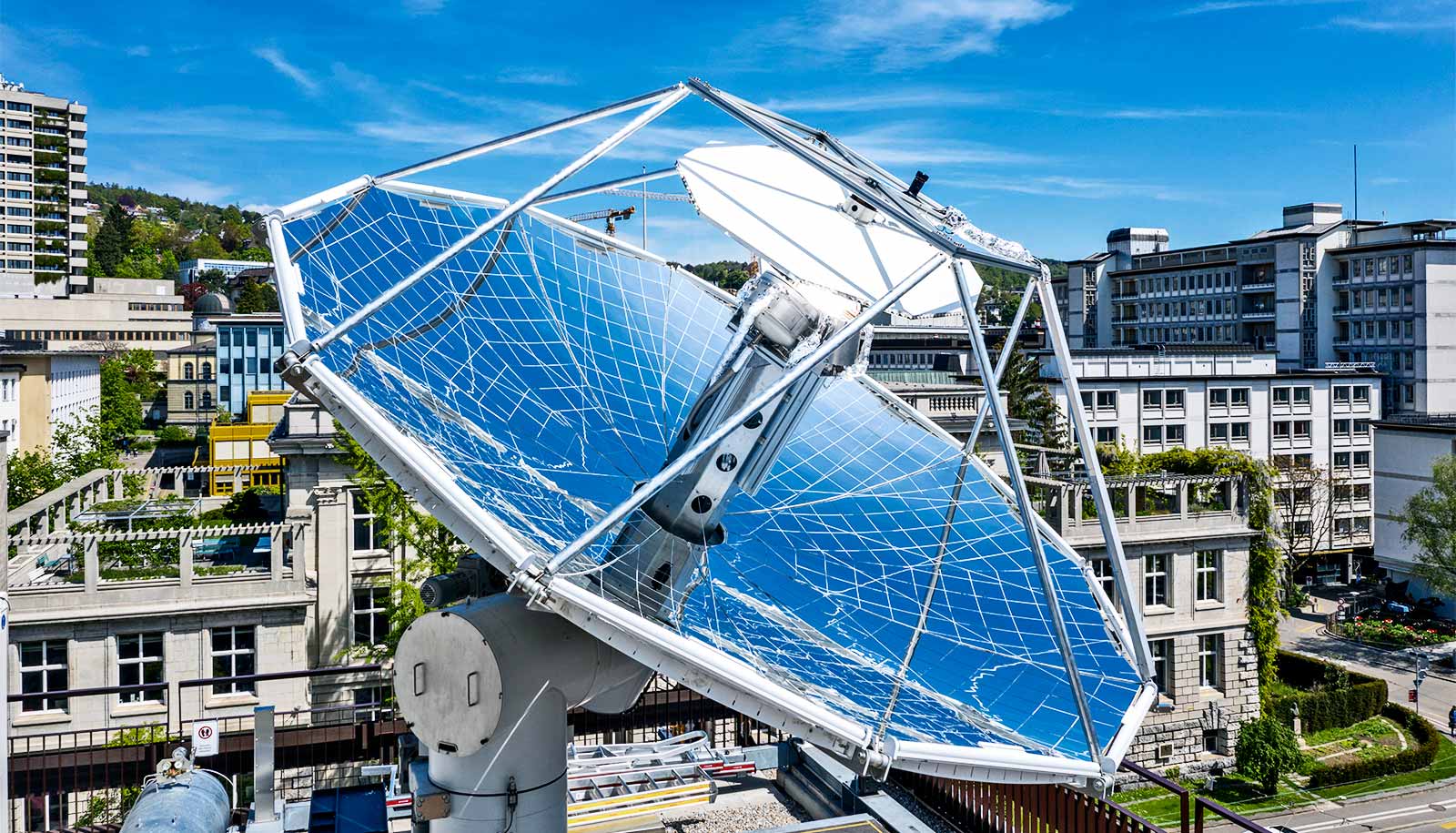Scientists have modified a microbe so it can produce a biofuel using only three renewable and naturally abundant source ingredients: carbon dioxide, solar panel-generated electricity, and light.
The microbe, called Rhodopseudomonas palustris TIE-1 (TIE-1), produced a biofuel, n-butanol, that is an authentically carbon-neutral fuel alternative that can be used in blends with diesel or gasoline.
“Microorganisms have evolved a bewildering array of techniques to obtain nutrients from their surrounding environments,” says Arpita Bose, associate professor of biology at Washington University and lead author of the paper in Communications Biology.
“Perhaps one of the most fascinating of these feeding techniques uses microbial electrosynthesis (MES). Here we have harnessed the power of microbes to convert carbon dioxide into value-added multi-carbon compounds in a usable biofuel.”
“The fuel we made, n-butanol, has a high energy content and low tendency to vaporize or dissolve in water without combustion,” says first author Wei Bai, a PhD graduate of McKelvey Engineering’s energy, environmental, and chemical engineering department who worked as a research assistant in the Bose lab from 2015-2020. “This is especially true when compared with ethanol, which is a commonly used biofuel.”
Microbes that feed through microbial electrosynthesis attach themselves directly to a negatively charged cathode inside the MES reactor so that they can “eat” electricity. Previous research from the Bose lab helped illuminate how microbes such as TIE-1 use electrons to fix carbon dioxide and also how they can be used to create sustainable bioplastics.
As scientists learn more about these microbes, their potential uses are more and more promising, Bose says, though she acknowledges that improvements are needed before the techniques can be rolled out on industrial scales.
Other researchers previously have explored the use of microbes such as cyanobacteria to produce sustainable biofuels. However, these types of organisms produce oxygen during photosynthesis, which tends to limit their efficiency for synthesizing biofuels, as many of the enzymes involved in the biosynthetic pathways are oxygen-sensitive.
To explore how TIE-1 could be exploited to produce biofuel, Bai and Bose constructed a mutant form of the microbe that could not fix nitrogen. The scientists then introduced an artificial n-butanol biosynthesis pathway into this new mutant.
The form of the microbe they built was unable to grow when nitrogen gas was its only nitrogen source. So instead, this version of TIE-1 channeled its effort into producing n-butanol—increasing its yield of biofuel without increasing electricity consumption significantly.
“To the best of our knowledge, this study represents the first attempt for biofuel production using a solar panel-powered microbial electrosynthesis platform, where carbon dioxide is directly converted to liquid fuel,” Bai says. “We hope that it can be a steppingstone for future sustainable solar fuel production.”
“Industrial-scale manufacturing of bioplastics and biofuels using microbial electrosynthesis can be achieved using the electricity produced by solar panels, creating a fully sustainable cycle,” Bose says.
“The United States and the European Union recognize microbial electrosynthesis as a key technology for sustainability and climate change solutions,” Bose says. “Ultimately, by exploiting a microbial metabolism that evolved in the distant past, we hope that new methods will emerge to help address some of the most pressing problems of our time.”
The David and Lucile Packard Foundation; the Department of Energy; the Department of Defense, Army Research Office; Gordon and Betty Moore Foundation; the National Science Foundation; Lawrence Livermore National Laboratory; DEPSCoR; and the International Center for Energy, Environment and Sustainability at Washington University funded the work.


